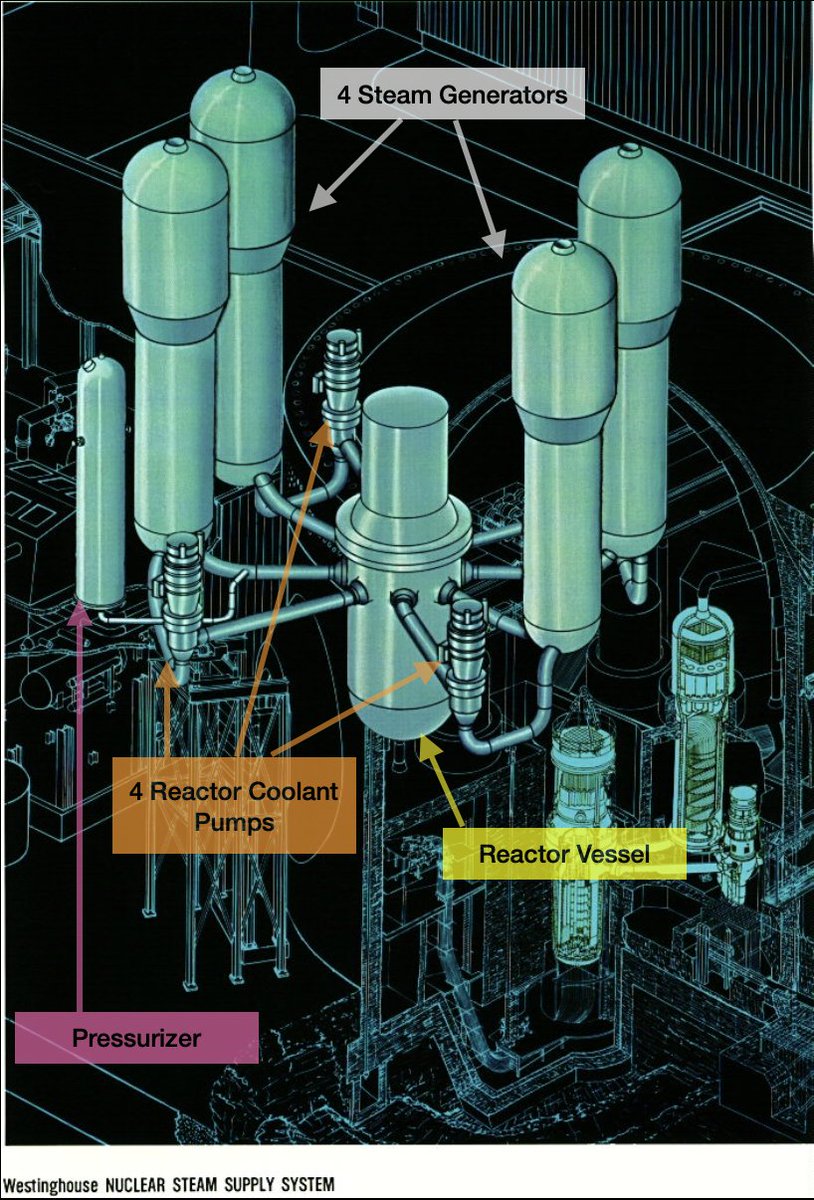#TuesdayFacts about nuclear power in the U.S.A 🇺🇸
There are 54 commercially operating NPP with 92 nuclear power reactors in 28 U.S. states.
Of the currently operating nuclear power plants, 19 plants have 1 reactor, 32 plants have 2 reactors, and 3 plants have 3 reactors.
There are 54 commercially operating NPP with 92 nuclear power reactors in 28 U.S. states.
Of the currently operating nuclear power plants, 19 plants have 1 reactor, 32 plants have 2 reactors, and 3 plants have 3 reactors.

The Palo Verde nuclear power plant in Arizona is the LARGEST nuclear plant, and it has 3 powerful reactors with a combined net summer electricity generating capacity of 3,937 MW. 

The R.E. Ginna Nuclear Power Plant in New York is the smallest nuclear plant, and it has one reactor with a net summer electricity generating capacity of about 581 MW. 

The newest nuclear reactor to enter service, Watts Bar Unit 2 with 1,122 MW net summer electricity generating capacity, began commercial operation in 2016. 

Two new nuclear reactors are actively under construction: Vogtle Units 3 and 4 in Georgia.
And Vogtle Unit 3 was recently authorized to begin with fuel loading and operations!
And Vogtle Unit 3 was recently authorized to begin with fuel loading and operations!
https://twitter.com/nuclearhazelnut/status/1554921699442921472?s=21&t=ii3Zng_j0WZhc5EBd_JyrA

Nothing like enjoying a good coffee and reading about nuclear power & the industry. huh?
Good morning from Comanche Peak NPP, (Texas) y’all!
Good morning from Comanche Peak NPP, (Texas) y’all!

• • •
Missing some Tweet in this thread? You can try to
force a refresh
















